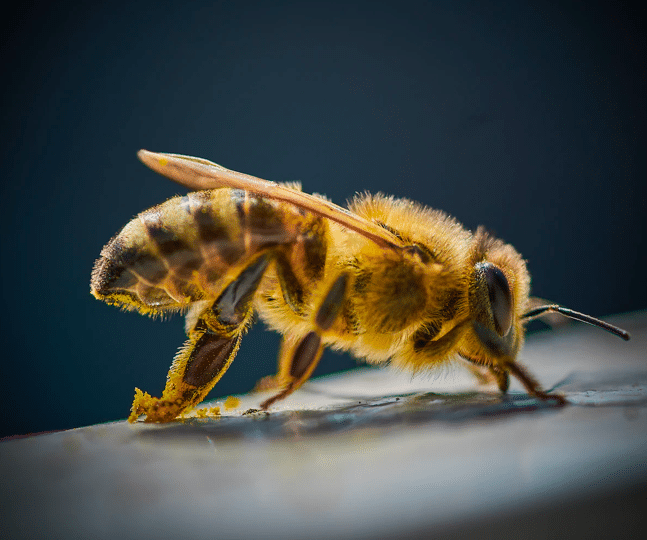Impollination is a vital process for the survival of many plants, and bees are among the unsung heroes who make it all possible. This process involves a fascinating practice known as “vibration pollination,” where bees and other pollinators use their musculature to vibrate and collect pollen from flowers. But what lies behind this remarkable ability of bees? In this article, we will explore how bees adapt and optimize their pollination behavior.
The Dynamics of Vibration Pollination
Several studies have demonstrated that the behavior of vibration pollination changes throughout the lifespan of bees. This means that these amazing creatures can adapt and modify their approach depending on the plant they are interacting with. However, the process of bee adaptation remains largely a mystery waiting to be unraveled.
Variation Among Pollinators
Interestingly, not all pollinators adopt the vibration technique. For instance, honey bees do not use this methodology, making them less efficient at pollinating plants such as tomatoes, cranberries, and peppers. In contrast, pollinators like bumblebees have been shown to use vibration on various types of plants, making them ideal pollinators for specific plant varieties, like tomatoes.
Optimizing Vibrations for Effective Pollination
Evidence suggests that features of vibrations, such as frequency, amplitude, and duration, may vary over time or even from one plant to another. This adaptation could be aimed at maximizing the efficiency of the pollination process. However, an intriguing consideration is that the muscles involved in bee flight are asymmetric. This hypothesis suggests that changes in vibration frequency are not necessarily the result of a conscious choice but rather a response to physical and biological needs.
In conclusion, vibration pollination is a complex and fascinating behavior of bees that plays a crucial role in the ecosystem. Bees and other pollinators can adapt to maximize pollination efficiency, although the specifics of this adaptation remain largely mysterious. Their ability to optimize vibration for the pollination process demonstrates how extraordinary nature is and how important it is to preserve these valuable insects for the health of our planet.
